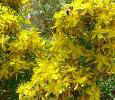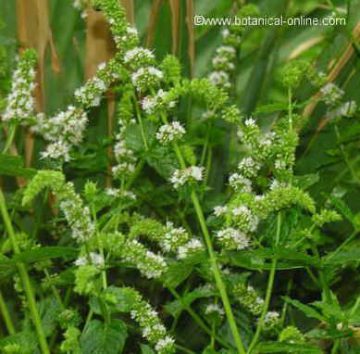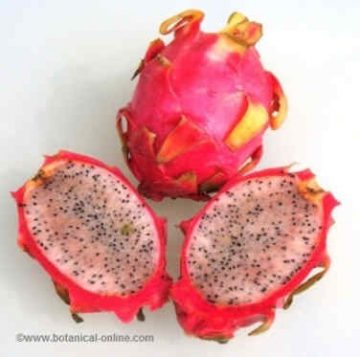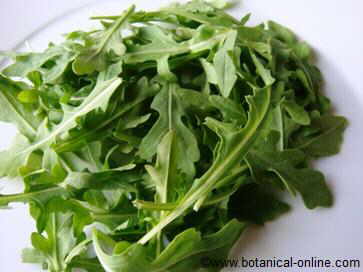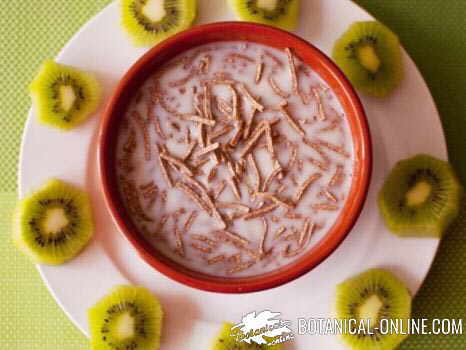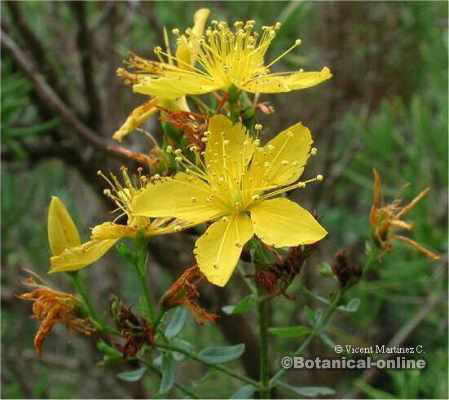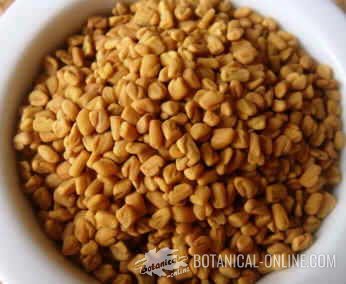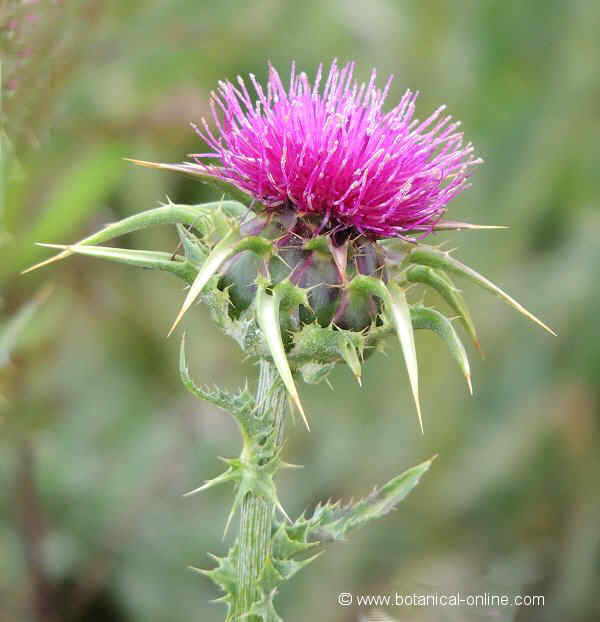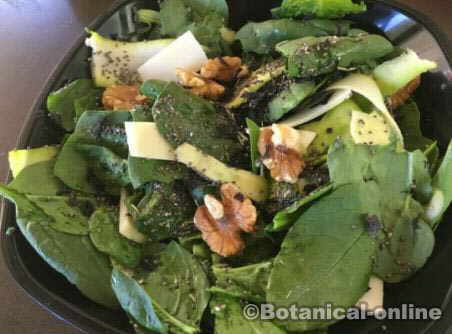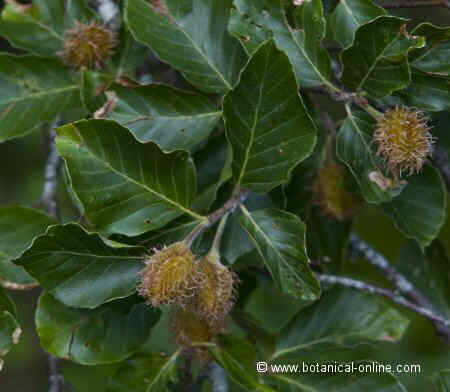Contents
Herbal remedies for healing cuts
Phytotherapy: Medicinal plants preparations for cuts
The use of herbal medicine in the treatment of cuts will involve the use of a number of medicinal plants seeking the following objectives:
- Plants with anti microbial properties that protect the body against infection.
- Healing plants to accelerate tissues recovery.
External treatment of cuts
Among all the plants that we could use to treat cuts, we can distinguish the following: (Most of these treatment include topical application of essential oils. Remember not to apply undiluted essential oils on the skin)
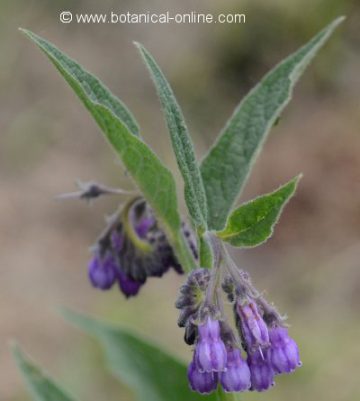
- Echinacea (Echinacea ssp) The main virtue of echinacea is its anti microbial properties against bacteria, fungi and viruses, so that it constitutes a genuine alternative to chemical antibiotics. The reason for this property is due to its ability to stimulate the immune system, producing more white blood cells. (Apply the juice of the plant with a gauze or the tincture of echinacea. Tincture can be bought in pharmacies or herbalists’)
- Plantain (Plantago major) fresh plantain leaves are one of the best vulnerary, that’s to say, they have the property to clean cuts and promote healing. This property is attributed both to its richness in tannins, with healing and hemostatic function, and its contents to allantoin. (Mash plantain leaf and apply this paste on the cut)
- Guanabana or soursop (Annona muricata) Scientific studies have found that soursop leaves, traditionally used to heal wounds, have curative properties.
- Comfrey: (Sympytum officinale) Applied on an open curt, it helps reduce blood flow and promotes healing. (Crush the tender roots and apply as a poultice on the affected area. You can also use crushed fresh leaves for the same purpose although its effects are not as powerful as the root).
- Aloe (Aloe vera) Aloe The aloe juice has antiseptic, antibacterial, anti-inflammatory, moisturizing and regenerative properties. Applied to the skin, it becomes one of the best remedies for healing cuts, wounds, sores, ulcers, burns, insect bites and so on. hence it enters in the composition of many creams for skin care (You can use the gel from fresh leaves that is obtained by cutting a sheet with a sharp knife. Press the leave to obtain the required juice and apply it on the cut) (You can also apply aloe gel preparation to the affected area. This product is available in pharmacies and health food stores)
- Tarragon: (Artemisia dracunculus) Tarragon is named after its analgesic value and because it is able to disinfect wounds. (Apply the liquid from the decoction of four teaspoons of dried leaves per liter of water)
- Meadowsweet (Filipendula ulmaria) Menstrual pain can be treated with flowers infusion. (Infusion of 2 teaspoons of flowers, twice daily. Do not reach boiling not to destroy the salicylic acid present in flowers).
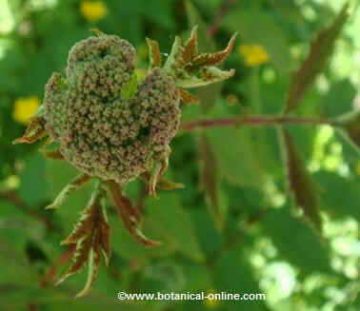
- Goldenrod (Solidago virgaurea) Because of tannis, this plant is used to clean wounds and improve healing. (Compresses. 50-100g decoction of dried plant per liter of water, cool, strain, and apply to the skin)
- Eucalyptus (Eucalyptus globulus) It helps disinfect the wound and promotes healing (dissolve 20 or 30 cc (1 cc = 1 ml) of essential oil in one liter of water and apply this mixture with a clean cloth or gauze to the wound)
- Cypress (Cupressus sempervirens) It can be used in external use to stop bleeding. Besides stopping blood loss. it exerts a protective and disinfectant function assisting the injury not to become infected. (Apply a liquid from the decoction for 10 minutes of four teaspoons of dried leaves per liter of water)
- St. John’s wort (Hypericum perforatum) Its richness in tannins has made this plant one of the best weapons for healing cuts since ancient times (Apply hypericum oil on the cut. (Apply St. John’s wort creams or preparations sold in pharmacies or herbalists’) – See complete study of the plant to take into account possible side effects.
- Agrimony (Agrimonia eupatoria) Agrimony is an excellent vulnerary for healing wounds, scratches, cuts, punctures, minor burns, and so on. (Crush some fresh leaves and apply them as a compress on the wound).
- Hibiscus (Hibiscus sp.) (Make a tea with a spoonful of dried leaves and flowers per cup of water. Apply a compress over the affected area.)

St. John’s wort - Chamomile: (Matricaria chamomilla) It is very rich in mucilages that give it repairing properties for the skin. It has got antiseptic and vulnerary components, such as apigenin, chamazuleno and gentisic acid, that make it very convenient for the care and repair of skin conditions: pustules, cuts, blisters, dermatitis, etc. (Apply compresses with the liquid from the infusion of one teaspoon of dried flowers per cup of water)
- Watercress (Nasturtium officinale) The leaves of this plant, applied on a wound, aid healing and protect against infection. (Crush watercress leaves and apply as plasters on the wound)
- Pennyroyal (Mentha pulegium) The liquid from the decoction 2 tablespoons of dry leaves in a liter of water can be applied with a gauze on a wound or cut to disinfect and promote healing. You can also use a few drops of essential oil diluted in water.
- Peppermint (Mentha x piperita) washing the wounds with the liquid from the infusion of 3 tablespoons of dried plant in a liter of water. Wash wounds with gauze soaked with drops of diluted essential oil.
- Sage: (Salvia officinalis) It is very useful to heal cuts, promote healing and prevent the wounds to be infected. (Compresses with maceration of 20 g. of leaves in ¾ liter of water or fresh plant applied on wounds)

Peppermint - Lavender (Lavandula officinalis, Lavandula latifolia) It helps to disinfect wounds, promoting healing and relieving pain (Wash the affected area with the liquid from a 10-minute infusion of a spoonful of dried flowers per cup of water.
- Thyme (Thymus vulgaris) Thyme is one of the best antiseptics, both for internal and external use. (Wash cuts with a fully charged infusion of flowering tops three or four times a day)
- Dragon fruit (Hylocereus undatus) The sap of the plant is used locally to favour cicatrization
- Tomato (Solanum licopersicum) It can aid wounds healing and lowers inflammation. (Crush a tomato leaf and apply it as a poultice on the wound. The fruit also has similar properties)

Dragon fruit open transversely - Pineapple (Ananas comosus): This fruit has got vulnerary properties, promoting the healing of cuts. An ancient Indian remedy was to take a piece of pineapple in the form of poultice, and apply it to a wound to facilitate healing.
Internal treatment of cuts
Some plants remedies can be taken internally to foster body resistance to microorganisms, preventing wounds to become infected. (See more information about how to increase your immune system)
* Related information: How to treat an infected cut

